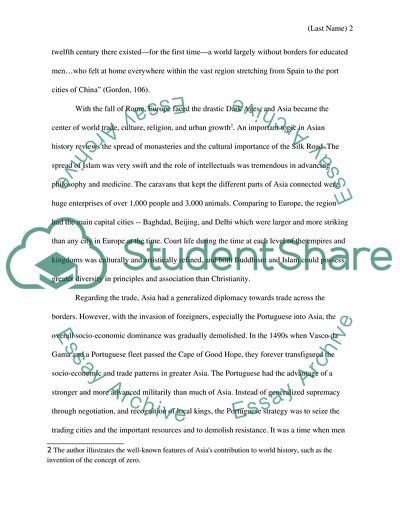When Asia Was the World Book: a Kaleidoscope of Economies and Landscapes Book Report/Review Example | Topics and Well Written Essays - 1500 words. https://studentshare.org/literature/1761846-when-asia-was-the-world
When Asia Was the World Book: A Kaleidoscope of Economies and Landscapes Book Report/Review Example | Topics and Well Written Essays - 1500 Words. https://studentshare.org/literature/1761846-when-asia-was-the-world.


